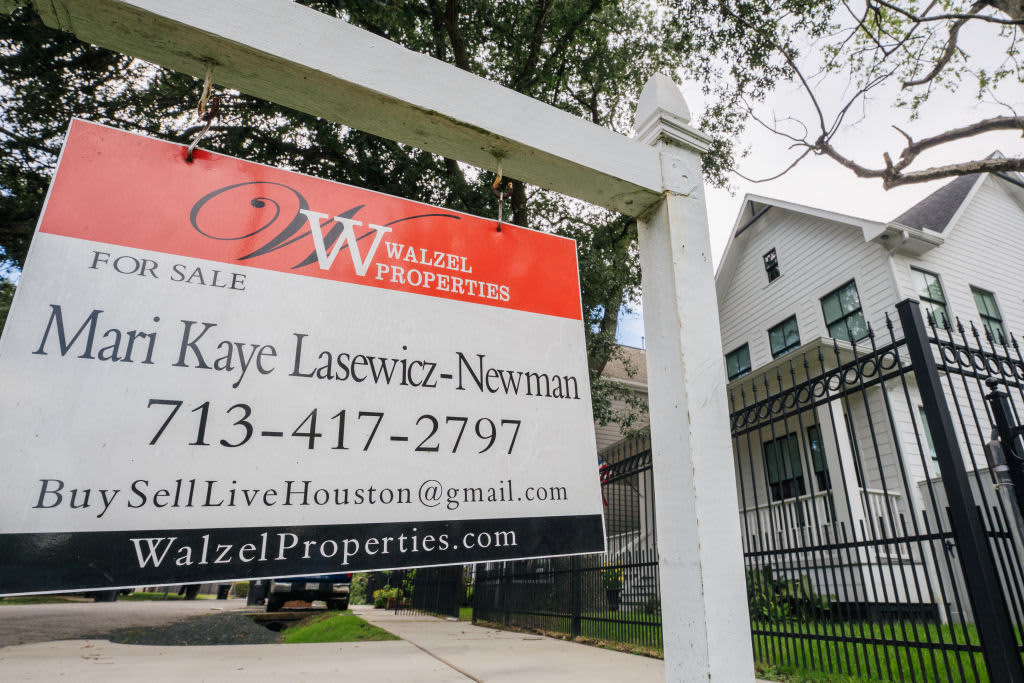The U.S. housing market has been an unlikely beneficiary from the Covid-19 pandemic.
During the pandemic, home prices have climbed at a record pace. The median price for an existing home reached over $363,000 in June 2021, a 23.4% year-over-year increase.
“You can see in just basically the last 15 months or so, we’ve seen a dramatic acceleration in home price growth to levels we haven’t seen in decades,” CoreLogic chief economist Frank Nothaft said.
However, according to most experts, the market is shaping up to look more like a boom rather than a bubble.
“We say bubble because we can’t believe how much prices have gone up,” CNBC real estate correspondent Diana Olick said. “A bubble tends to be something that’s inflated that could burst at any minute and change and that’s not really the case here.”
While speculation certainly is a factor, the main cause for the current housing demand is low mortgage rates. At the start of the pandemic in March 2020, the 30-year fixed-rate mortgage rate sat at 3.45%. By July of this year, that number had dropped to 2.87%.
Supply is also an issue. According to the National Association of Realtors, the U.S. has underbuilt its housing needs by at least 5.5 million units over the past 20 years. That’s a stark comparison to the previous housing bubble in 2008 when overbuilding was the issue.
“So we’ve got a boost in demand that’s due to record low mortgage rates and we’ve got a shrinkage of supply,” Nothaft said. “So between more demand and less supply, prices are up and they’re up at the fastest pace since the 1970s.”
Watch the video to find out more about the U.S. housing market and whether it’s in a bubble.
